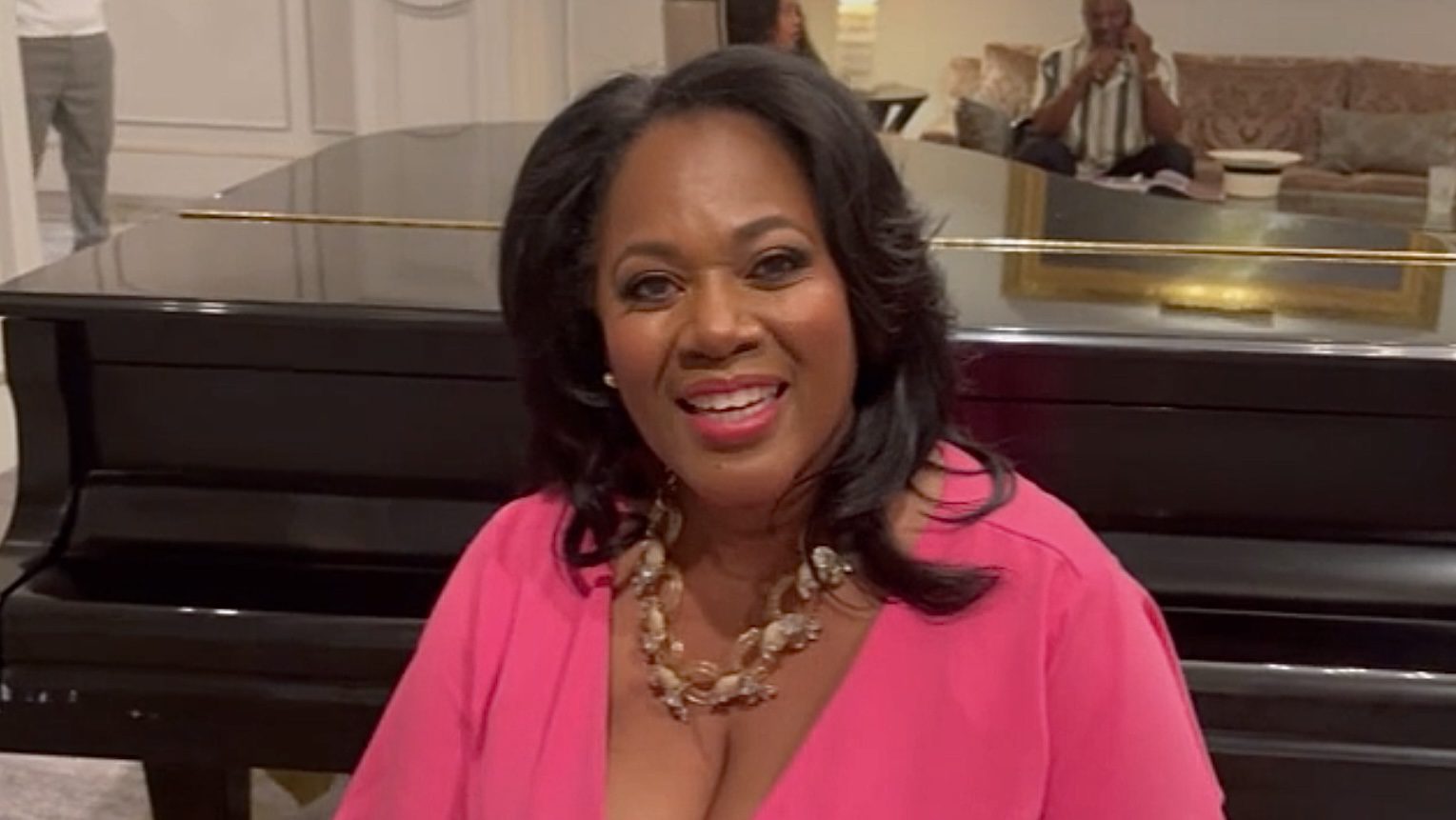
The National Urban League’s annual report, “Locked Out: Education, Jobs & Justice,” analyzes how Blacks and Hispanics have been doing in the United States over the last few years and how they were doing in 1976.
Key findings of the report are that Blacks are becoming more equal to Whites in several areas including economics, health and education but continues to struggle in the areas of home ownership and voting.
However, they report, the quality of life for Blacks is also on the rise.
The National Urban League’s 2016 State of Black America Report, “Locked Out: Education Jobs, & Justice,” which was released on Tuesday, May 17 offers a sobering reminder of the deep racial disparities in housing, employment, and education that still divides blacks and whites across America.
Marc Morial, president of the National Urban League, said the report mirrors the past.

“The similarities of the United States of 1976 and the United States of 2016 are profoundly striking,” Morial said during the release of the report in Washington, D.C. “We are now, as we were then, a nation struggling to overcome the worst economic downturn since the Great Depression. All gears have been thrown into reverse.”
“We are now, as we were then, facing growing pressure to slash human needs programs for the poor, who are demonized and characterized as lazy slackers trying to cheat the system,” Morial said.
Fast facts from the report:
- California’s Riverside-San Bernardino-Ontario metroplex is the best for blacks when it comes to income equality to the white population. African-Americans make 76 cents to every dollar whites make in those cities, the highest ratio in the nation.
- Washington, D.C., and its suburbs are where Blacks, whites and Hispanics have the highest median household income. Whites make $109,460, Hispanics make $66,523, and Blacks make $66,151.
- The cities with the lowest black unemployment rate are Oklahoma City and San Antonio at 8.3 percent.
- Fewer blacks live in poverty — 29 percent in 1976 compared with 27 percent now. More blacks have graduated high school and college — 28 percent in 1976 and 33 percent today for high school, and 6 percent four decades ago versus 22 percent today for college.
- Life expectancy of African-Americans has increased from 68 in 1976 to 75 today.
- With full equality with whites in economics, health, education, social justice and civic engagement set at 100 percent, the National Urban League said this year’s equality index for blacks stands at 72.2 percent, compared with last year’s 72 percent.










